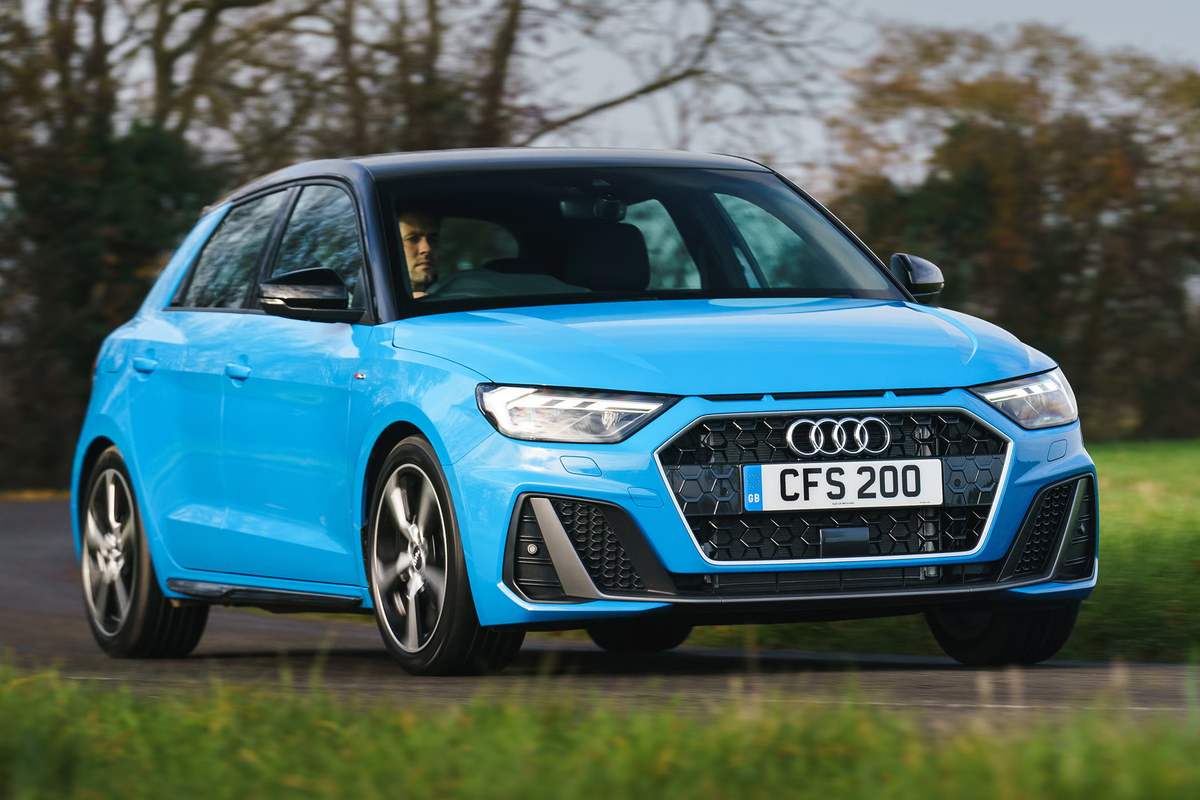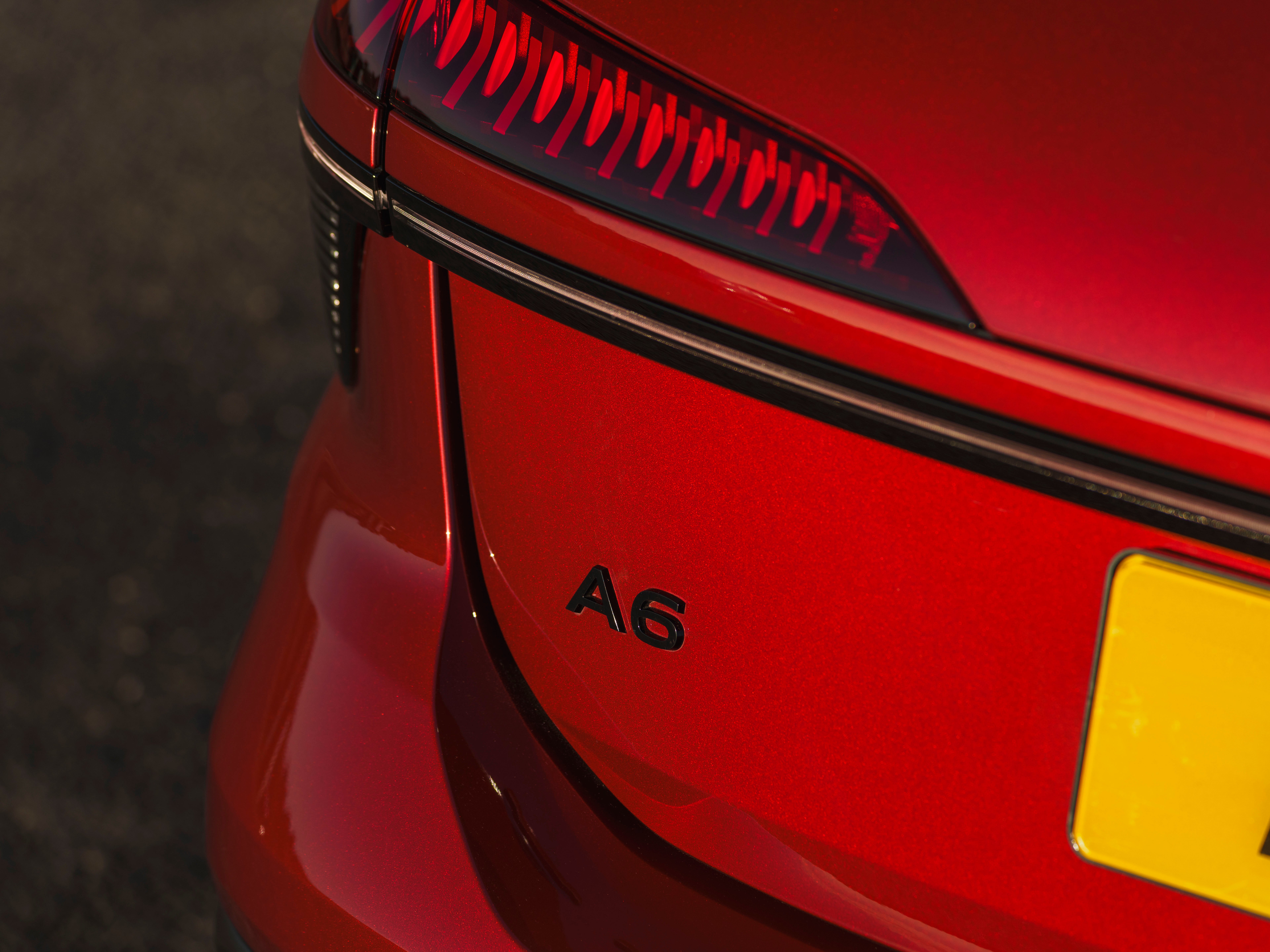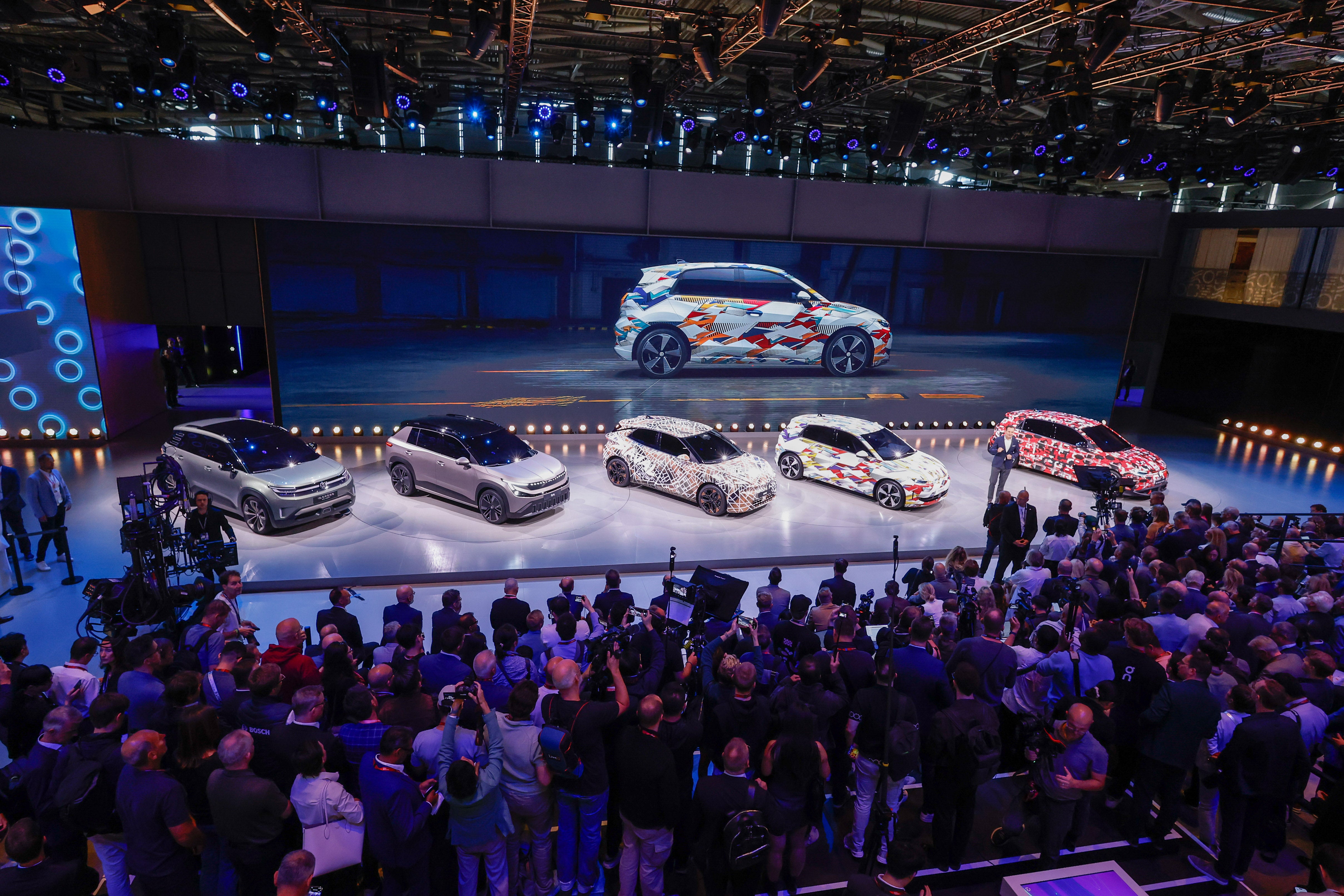
While the future of Audi’s new sports car has been defined by the Concept C – with CEO Gernot Dollner confirming it will go on sale pretty much unchanged in the next two years – Audi’s mainstream line-up is also taking shape, with plenty of thought going into a new entry-level Audi.
Speaking to The Independent at the recent Munich Motor Show, Dollner admitted that the Audi line-up had been confusing buyers, but that the new clarity that’s working its way through the organisation – led by the Concept C – is fixing things.
“The confusion regarding the naming is, well, I hope we fixed it,” said Dollner. “So, we have A for the flat floor cars and Q for the SUVs, and then the number will represent the size of the car, the segment it’s in. So I hope we’ve fixed that.

“I would say that in the core we need three limousines [saloons/hatchbacks], a four, a six and an eight. And with SUVs A, B, C and maybe D segment for the SUVs.
“Then then we are sorting out the A segment right now where, for sure, the Q3 and the Q4 are defined.
Other smaller Audis are definitely on the cards, but under discussion as Dollner explained: “We see how, in the electric era, what an A segment portfolio of Audi could look like, but it will be a focused one.
“In 2026, A1 and Q2 will go out of production. And we are right now defining how the future in the A segment could look and how our entry car is positioned – how low we will go in terms of size.”

With Audi’s fellow Volkswagen brands VW, Skoda and Cupra all unveiling new electric small cars based on a common platform, could this be something Audi takes advantage of?
“This small urban family was defined before I came to Audi,” said Dollner. “The A-segment definitely will always be a group solution that we build on and take it and use it at Audi. Then we bring all these specific topics, ideas designed it like we did with the A3, the first real premium A-segment car. So, we have proven that that’s a good way for Audi to go.”
Dollner also confirmed that Audi is now working at “China speed”, with the Concept C going from initial idea to production in 36 months. And that will also apply to future Audi models, with some of the knowledge gained from Audi’s joint venture in China coming in useful.
“Not everything from China is to be copied,” said Dollner. “I mean they have working conditions we don’t want to have in Europe, to be honest, 24/7 for tooling and so on. That’s simply not possible and it’s not a goal to have that. But in the early concept phase, bringing small teams together and giving them full responsibility lets them work and makes them responsible for all the details that are necessary. That’s a way to gain speed. And that’s what we did with Concept C.”
Tesla Model Y vs BYD Sealion 7: Here’s why Tesla clinches it
How cheap can an EV get? Try Dacia’s block on four wheels
The BMW iX3 sounds like version 2.0 of electric cars
VW’s renaming frenzy picks up pace – here’s what the ID.4 will be called
New all-electric Mercedes GLC EQ aims for BMW iX3 – and misses on range
Volkswagen reveals ID.Cross Concept as part of its new affordable EV push
New Skoda Epiq is a small SUV with the spirit of the Skoda Yeti







